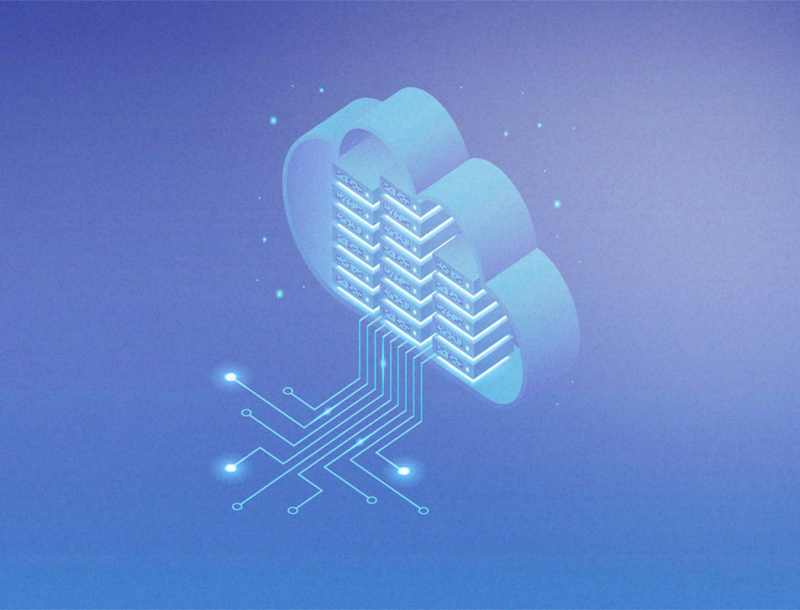Software as a Service is a business model that has been embraced by both large enterprises as well as SMBs. In fact, Micro SaaS is achieving significant growth.
In order for a SaaS solution to succeed, the developers and analysts involved must strategize to overcome certain challenges. A powerful SaaS solution must be budget-minded, scalable, easy to deploy, agile, appropriately monitored, manageable from a central point, and use the ideal resource isolation.
Even for our experienced developers and designers, creating a SaaS solution is a major undertaking. In order to ensure that every endeavor we take on is a success, we create a multi-tier solution. These tiers are the database (DB) tier with security measures in place to ensure that all client data is properly isolated. Further, this tier is designed in a way to comply with any regulations or standards for our client’s region.
The second tier is the app tier. This tier is created with various modules that each customer may select to meet their business needs, or that are part of a predesigned plan they have ordered.
At the top is the web tier, which contains the user interface. This tier is localized so that users may interface using the language and content that works best for them.
Of course, it goes without saying that every cloud SaaS solution we provide comes with a service level agreement (SLA). This includes disaster recovery and business continuity guarantees. Each agreement includes both an RPO (recovery point objective) and RTO (recovery time objective). Further, the SLA will include plans for accepting and implementing feature requests, bug fixes, and other updates. By standardizing all of this, we are better able to ensure your SaaS is cost-effective.
Data Center Vs. Cloud Deployment
If a solution is deployed to an on-site data center, there are certain precautions and trade-offs that must be taken. This includes on-site support teams, server monitoring, resource management, and mitigating security concerns. It also requires additional development as scripts must be written to handle automation as well as the above-mentioned monitoring.
With a cloud deployment, many of these concerns are mitigated if not eliminated entirely. This is because many of these things are taken care of by the cloud solution provider.
Cloud Deployment Considerations for Your Business
Here are a few factors to consider if you decide to implement cloud-based SaaS
Public or Private Cloud
A public cloud solution is offered by a provider who allows open use of their infrastructure. Public clouds may be provided by business centers, universities, or government organizations. This is a very cost-effective solution and is usually easy to deploy. The downside is that this is not an appropriate solution if security is a major concern.
Another option is a private cloud solution. These are solely owned by your organization, or you lease from another organization. This option is more expensive, but you’ll enjoy a higher level of security. Further, server management, guaranteed uptime, and other perks are usually included in your SLA. While public solutions are a good choice in some instances, private clouds are specifically intended for business use.
It’s important to note that the infrastructure and deployment steps are very similar for both private and public SaaS.
Understand Why You are Considering SaaS Cloud
One of the most important preliminary steps you’ll take is to create a list of business objectives related to your SaaS project. This list will become something of a touchstone throughout the design and deployment process. This is also the point during which our analysts and designers will work with your stakeholders to ensure that all goals are aligned.
Determine What You Need in Your SLA
Every implementation is accompanied by a service level agreement. While some companies decide to select a standardized agreement, others prefer to design one that meets their unique needs. Here you’ll need to consider how frequently you’ll need to deploy updates, security concerns, disaster recovery, and other factors unique to your business.
Consider the Level of Support You Will Need
We have deployed SaaS cloud solutions for businesses that chose to take over all of their own training and support duties immediately. Others have chosen to contract with us over the long term. Another consideration is staffing. Will you need to hire and train new team members to provide appropriate IT support for your new deployment? We can offer assistance with this as well.
Finally: An Exit Strategy
What will you do if you decide your current cloud provider no longer meets your needs, or if you determine your business should drop your SaaS solution? Every deployment should also have a built-in exit strategy that allows you to transition away from your provider to a different solution.

